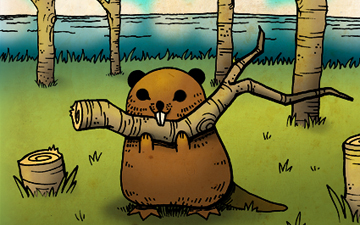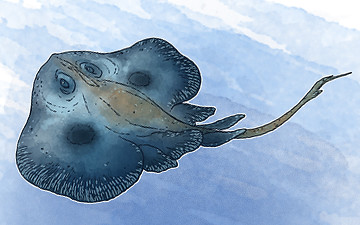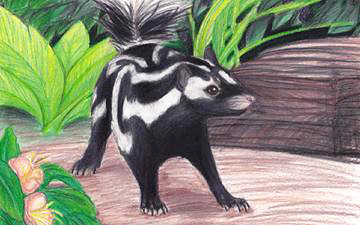Chordata

North American Beaver
Castor canadensis


5 POINTS
• Castor canadensis has a MOVE of 2.
• Castor canadensis is a national symbol for Canada.

Eastern Kingbird
Tyrannus tyrannus


4 POINTS • Tyrannus tyrannus has a FLIGHT of 2. The Eastern Kingbird is highly aggressive toward nest predators and larger birds. Hawks and crows are attacked regularly.

Harbor Seal
Phoca vitulina


8 POINTS
• Phoca vitulina has a MOVE of 2.
• Phoca vitulina must be played next to at least one OCEAN TERRAIN neighbour.

Atlantic Footballfish
Himantolophus groenlandicus


10 POINTS
Play: H. groenlandicus has a MOVE of 2 and can act as a PARASITE on other H. groenlandicus cards in play.
Fact: At maturity, the much smaller male becomes a parasite of the female

Blue Ray
Neoraja caerulea


10 POINTS
• Neoraja caerulea has a MOVE of 2.

Eastern Spotted Skunk
Spilogale putorius


6 POINTS
• Spilogale putorius has a MOVE of 2.
The spotted skunk is not actually “spotted” in the traditional sense. Its dorsal stripes are broken in appearance which gives it its spotted moniker.